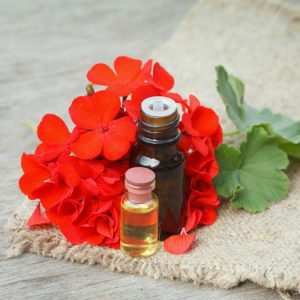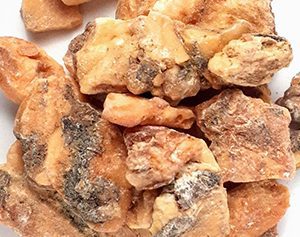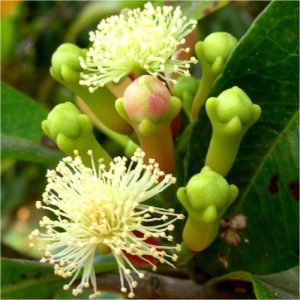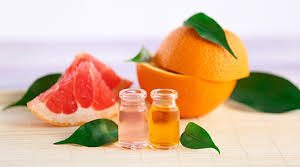Description
**Description:**
Organic sage essential oil is obtained from the dried leaves of the plant (Salvia Officinalis) through steam distillation. The yield ranges from 0.7 to 2.5%.
**Special Characteristics:**
Organic sage essential oil is typically yellowish, sometimes even yellowish-green in color. It has a spicy and characteristic aroma with notes of camphor. Its main constituents are α-thujone, camphor, 1,8-cineole, and borneol. Pinene, β-thujone, and limonene are included in lower concentrations. The content of isomeric thujone varies depending on the harvest time. Organic sage essential oil harvested in spring contains approximately 25 to 30% α-thujone, while in autumn harvest, it ranges from 50 to 60%.
**Applications in Cosmetics:**
Organic sage essential oil is known for its antibacterial and antiviral properties, making it useful in alternative medicine for flu-like infections, urinary tract infections, and herpes infections. Some studies suggest its positive effects on wound healing.
The cosmetics industry utilizes organic sage essential oil in cellulite products, perfumery, and as an aromatic agent in personal care products. Skincare products, tooth care, soaps, and deodorants benefit from its characteristic spicy scent.
In aromatherapy, organic sage essential oil restores energy in cases of poor concentration, fatigue, and exhaustion.
**Applications in Food:**
Organic sage essential oil is used on an industrial scale as a flavoring for spicy and Mediterranean dishes.
**Note: Always use diluted in a carrier oil or other solvent.**




